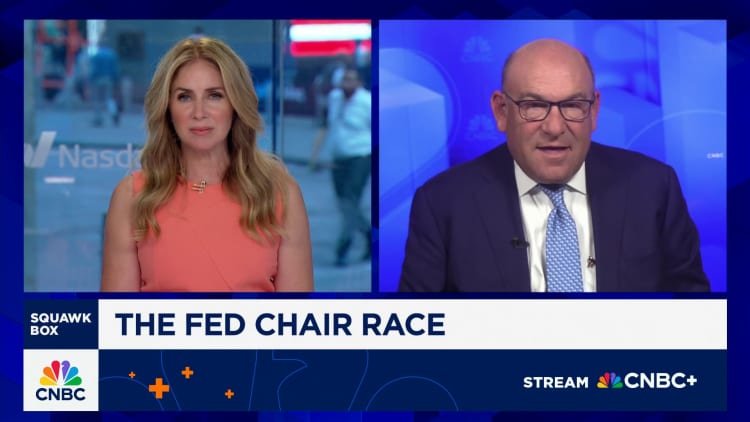How the Federal Reserve Influences Your Finances
The Federal Reserve, often referred to as the Fed, plays a crucial role in shaping various aspects of the U.S. economy. Understanding its impact on personal finances can help you navigate your financial decisions better. Here’s a closer look at how the Fed affects different areas of your financial life.
Rates and Monetary Policy
Interest rates have been on the rise as banks prepare for potential risks in an unpredictable economy. This upward trend is expected to continue until the Fed makes changes to its policies. Higher rates pose challenges for consumers already grappling with elevated prices and increased borrowing costs.
Mortgages and Home Buying
While mortgage rates don’t directly mirror the Fed’s actions, they are closely associated with Treasury yields and overall economic conditions. Concerns over tariffs and other economic uncertainties have kept mortgage rates relatively stable within a limited range. As of late July, the average 30-year fixed-rate mortgage stood at 6.81%, while the 15-year fixed-rate mortgage was at 6.06%.
Adjustable-rate mortgages (ARMs) and home equity lines of credit (HELOCs) are linked to the prime rate and have also risen significantly. These elevated rates, along with soaring home prices, create significant hurdles for prospective buyers. Experts anticipate that until mortgage rates decrease substantially, growth in the housing market will likely remain sluggish.
Auto Loans and Vehicle Purchases
When it comes to auto loans, multiple factors can affect interest rates, with the Fed being a major influence. Currently, the average rate for a new five-year car loan is approximately 7.3%, close to historical highs, while rates for used cars average around 10.9%. Rising car prices—partially spurred by tariffs on imported vehicles—mean buyers face higher monthly payments, exacerbating affordability issues. Recently, an increasing number of new-car buyers are committing to payments exceeding $1,000 per month.
Consumers are stretching their financial limits, often opting for longer loan terms and higher monthly payments just to secure a new vehicle. However, regardless of the Fed’s interest rate stance, these persistent affordability challenges in the automotive market are unlikely to dissipate anytime soon.
Student Loans and Educational Funding
Federal student loan interest rates are adjusted annually, based partly on the results from the 10-year Treasury note auction held in May. These rates remain fixed for the life of the loan, protecting most borrowers from immediate impacts resulting from Fed policy changes. For the 2025-26 academic year, the interest rate for undergraduate federal student loans is pegged at 6.39%.
While borrowers with existing federal debt won’t see rate adjustments, they are facing other challenges. Many are encountering reduced federal loan forgiveness options and a popular repayment plan that is currently suspended, complicating their financial landscape.
Savings Accounts and Interest Earnings
On a positive note for savers, high-yield online savings accounts continue to provide competitive returns, with rates currently exceeding 4%. Though the Fed does not directly dictate deposit rates, these yields tend to correlate with changes in the target federal funds rate. Maintaining the federal funds rate has allowed savings rates to stay above inflation, presenting a significant advantage for those looking to save.
As noted by financial experts, it may not be an optimal time to borrow, but it can be a strong opportunity for savers. Taking advantage of these higher rates is advisable, especially in the current economic climate.
In conclusion, the Federal Reserve’s policies significantly shape various elements affecting consumer finances—from mortgages to auto loans, student debt to savings options. By keeping informed about these influences, you can make more strategic financial decisions that align with your long-term goals.
